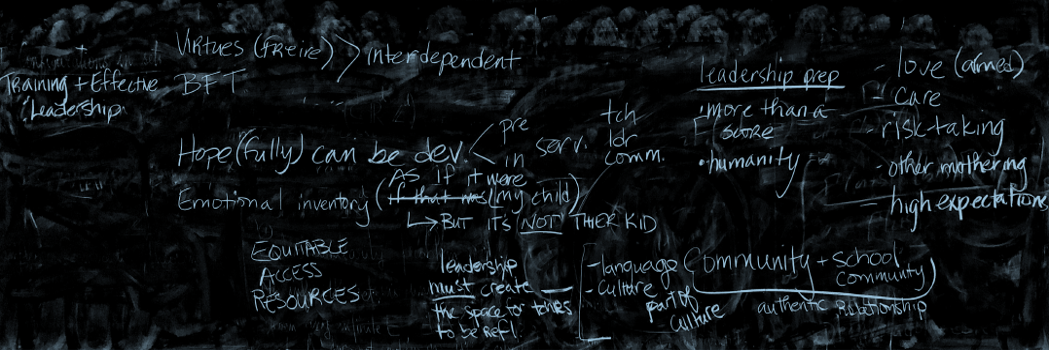This week’s readings reminded me that constant reflection and reframing are integral in interpreting the ways in which I react to and advocate for the rights of black and brown youth. I was reminded of the Black Lives Matter protest that has played an integral role in messaging the frustration that marginalized people in society are feeling. In my unpacking of the BLM movement, I accepted the protest as an absolute right and never interpreted my engagement with and understanding of the protest as acts of civic engagement. Ginswright (2011) discusses the limitations of qualifying what is considered civic engagement. As such conceptualizing what civic engagement “looks like” must be reimagined. Similarly, Cammorata (2011) also discusses the ability for youth to feel empowered once they’ve adopted a social justice perspective which would allow them to conceptualize that there are systemic forces that operate beyond them.
Additioinally, Duncan-Andrade (2009) also makes a case for understanding that two things can be true at once suggesting that educators can engage in academic pedagogy and social justice simultaneously. Material hope which is a tenant of critical hope can be cultivated if educators reenvision their approach and connect their academic content to the lives of the students (Duncan-Andrade, 2009). While I agreed with some of Duncan-Andrade’s article, there was an undertone of a deficit-based lens that was used to describe and was in relation to “urban youth”. Simply put I could not connect fully with the article. Perhaps it’s something that I am struggling with as well, situating the demographic without appearing deficit-based. I just feel like when we discuss urban youth regardless of us speaking on hope there is this negative connotation to the ways that the lives of urban youth are portrayed. Is it just me?



